The outside of your home has to take a lot of abuse. No matter what type of materials you have on your home’s exterior, they have to be able to withstand the rough Chicago winters, as well as the hot summer sun and all the various extreme weather events in between. Although all exterior materials are able to brave the elements to varying degrees, they’re not created equal. Some materials break down faster than others, and that’s something you need to consider when remodeling your home. Knowing that replacing a single window in your home can cost anywhere between $100 to more than $1,000, you want to be sure that the materials you choose to do the job will be up to the task and won’t have to be replaced frequently. However, the best materials for an exterior remodel often are the most expensive. Why invest in the best materials for an exterior remodel? Because doing so can significantly impact your home’s life span.
Choosing the Best MaterialsBefore choosing the materials for your home’s next exterior remodel, stop to consider how long those materials will last before they need to be replaced or maintained.
Here are some examples of typical exterior remodeling areas, the most common materials, and how long they can last:
- Roofs: 3-tab shingles are among the least expensive roofing options available, although they will probably need to be replaced within 15 to 20 years. Cedar shakes may last up to 30 years with some maintenance. Many of todays upgraded laminated architectural shingles will last up to 35 to 50 years and have lifetime warranties.
- Siding: Vinyl siding is one of the least costly options but has several drawbacks. While it looks great the day it is put up, it expands and contracts more than most other siding options. It also noticeably fades within 3 years on its southern exposure, dries out and becomes brittle within 10 to 15 years and can be destroyed by larger hail. Moreover, it does not hold paint well and generally needs to be replaced within 20 to 25 years. All warranties are prorated and generally don't explain what's covered, which typically excludes labor and other costs after 15 years. James Hardie Fiber Cement Color Plus siding has little fading and is not affected by the climate, do to the fact that they make different products for different climates. It is not affected by up to golf ball size hail and does not melt or burn. It also generally lasts up to 50 to 60 years with minor maintenance. Moreover, with almost no expansion it holds paint very well. All warranties are non-prorated and come with double the material cost to cover most of the labor.
- Window frames: Clad wood windows are stronger with less expansion than vinyl windows, helping them stay plumb and square which helps your window operate like new for a longer period of time. Most of your inexpensive vinyl windows need to be replaced generally after 10 years, while most clad windows require little maintenance with the fiberglass or aluminum cladding to protect against weather damage, elements and leaking. Most clad wood windows generally hold up for over 50 years.
- Doors: A solid wooden door and/or a fiberglass door should be all you need for the entire time you’re in your home, as they can last up to 100 years. Sliding glass doors and screen doors, on the other hand, could only last up to about 30 years before being replaced.
Subscribe to Erdmann Exterior Designs's Blog





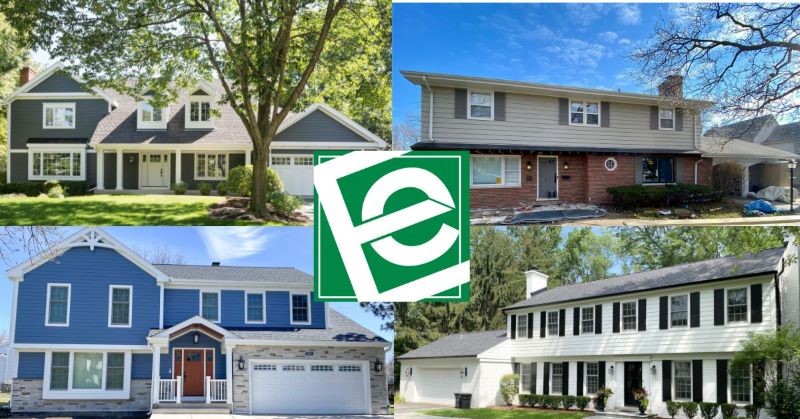
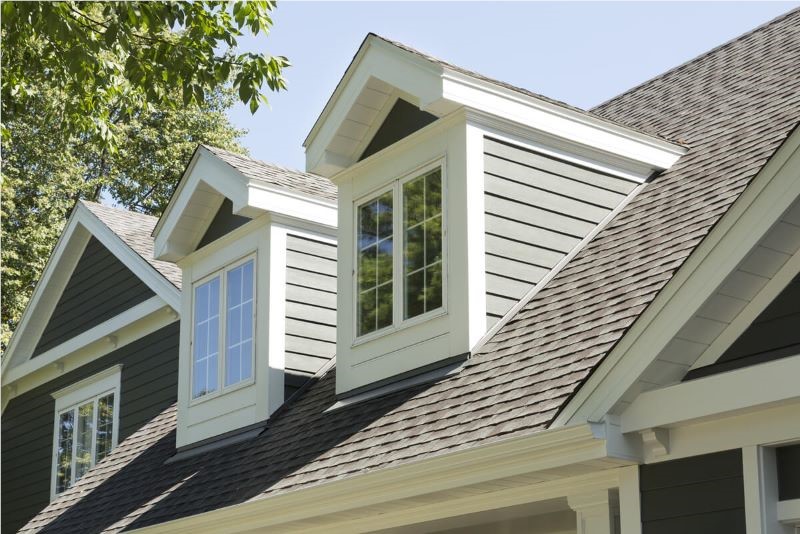
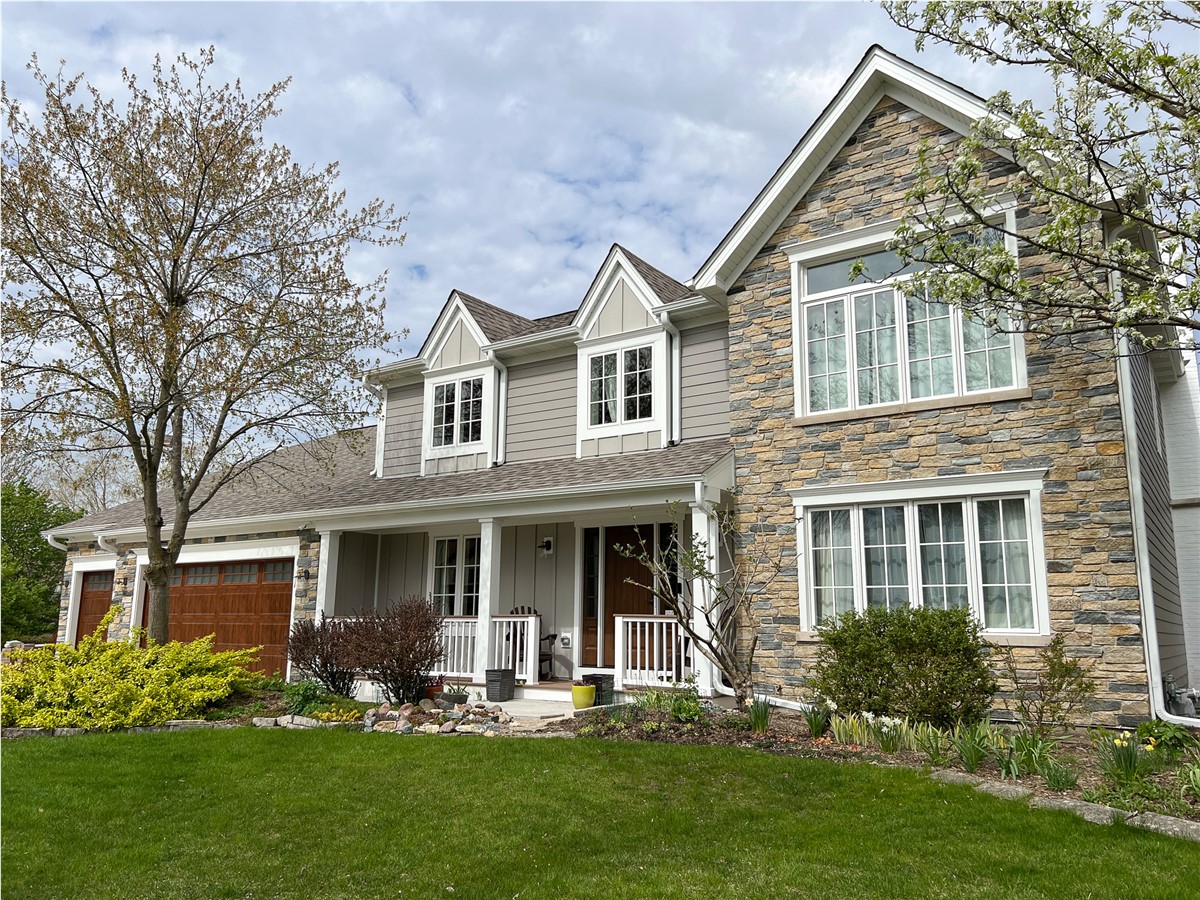
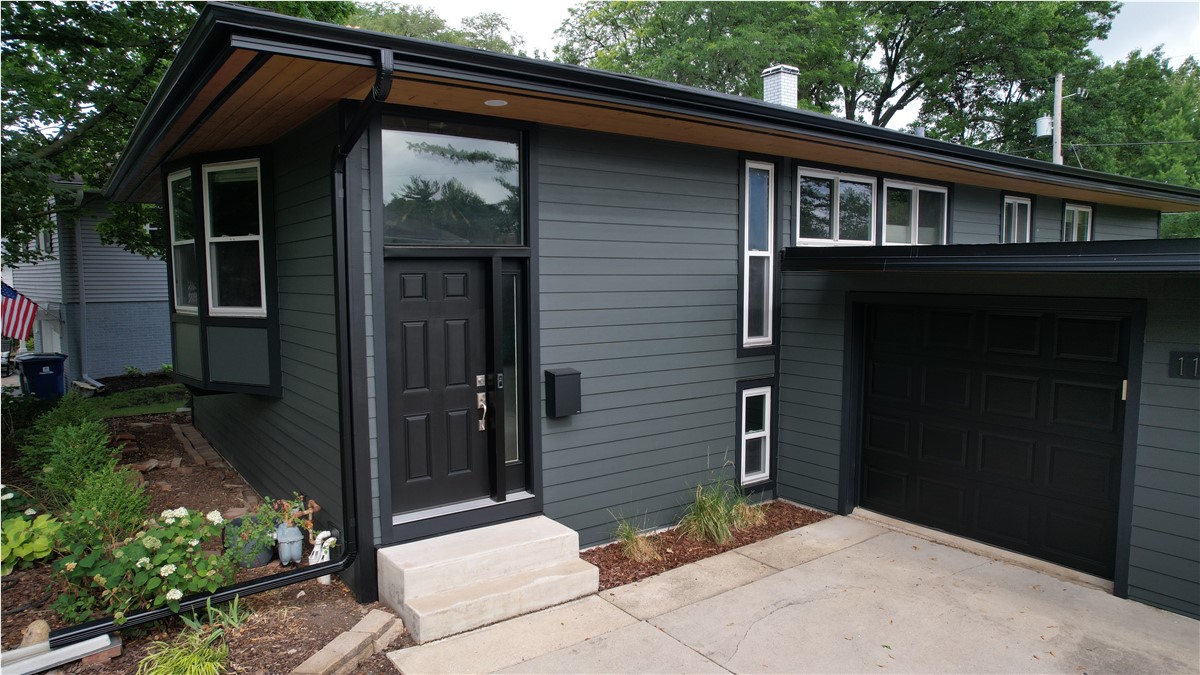
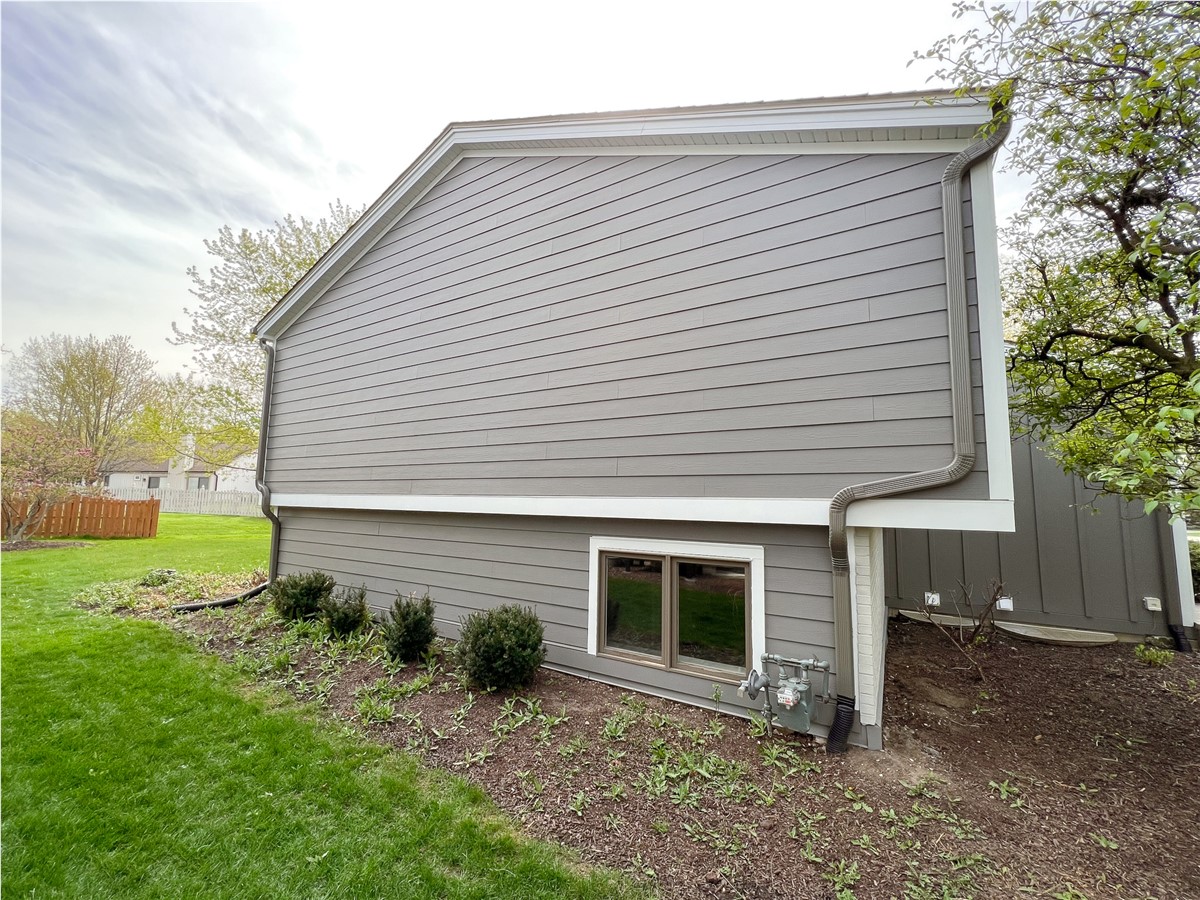

Comments